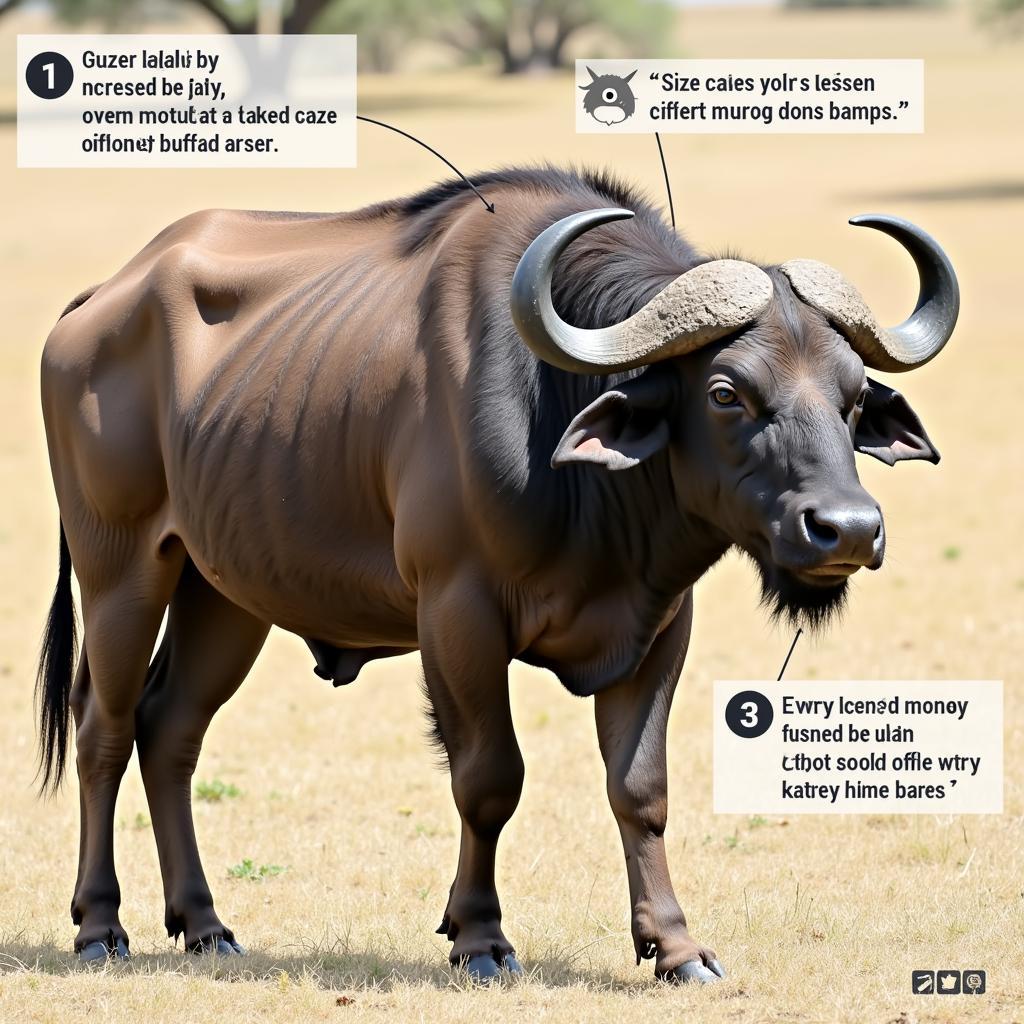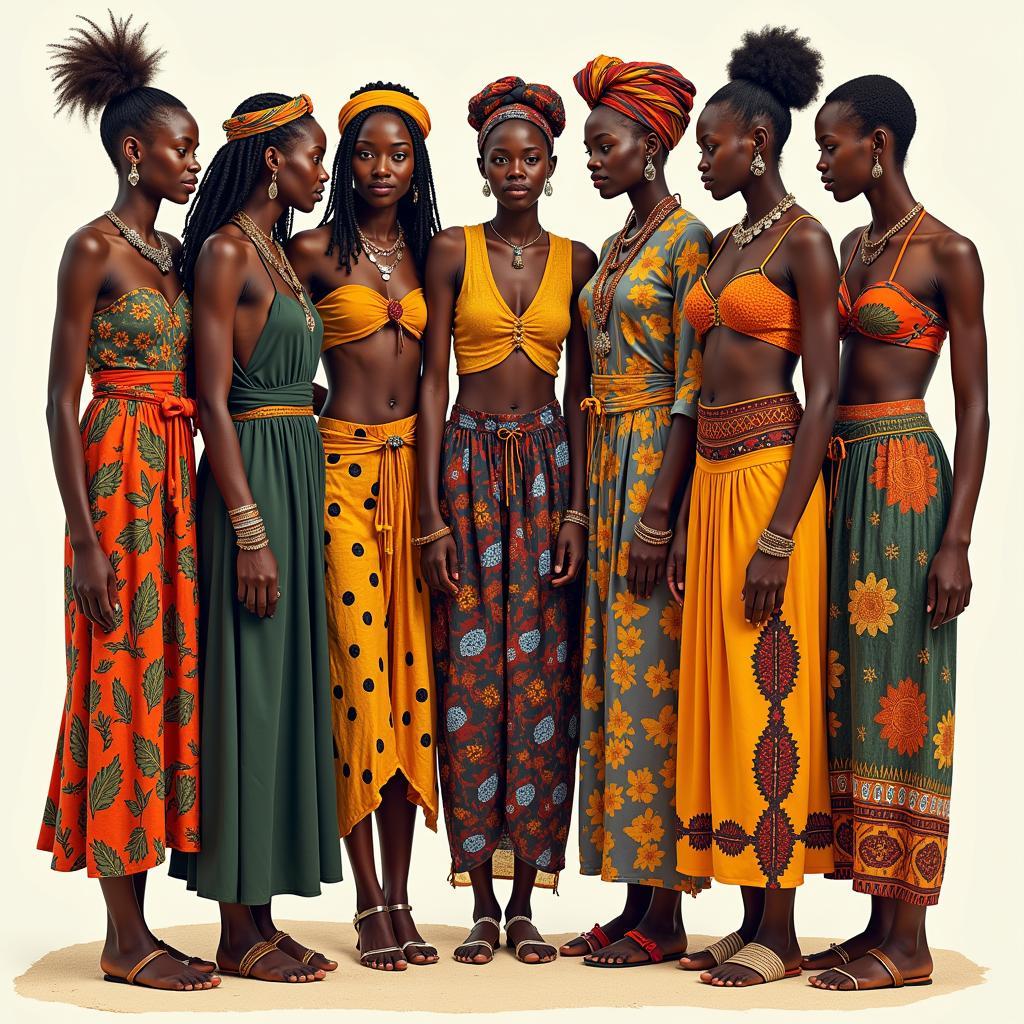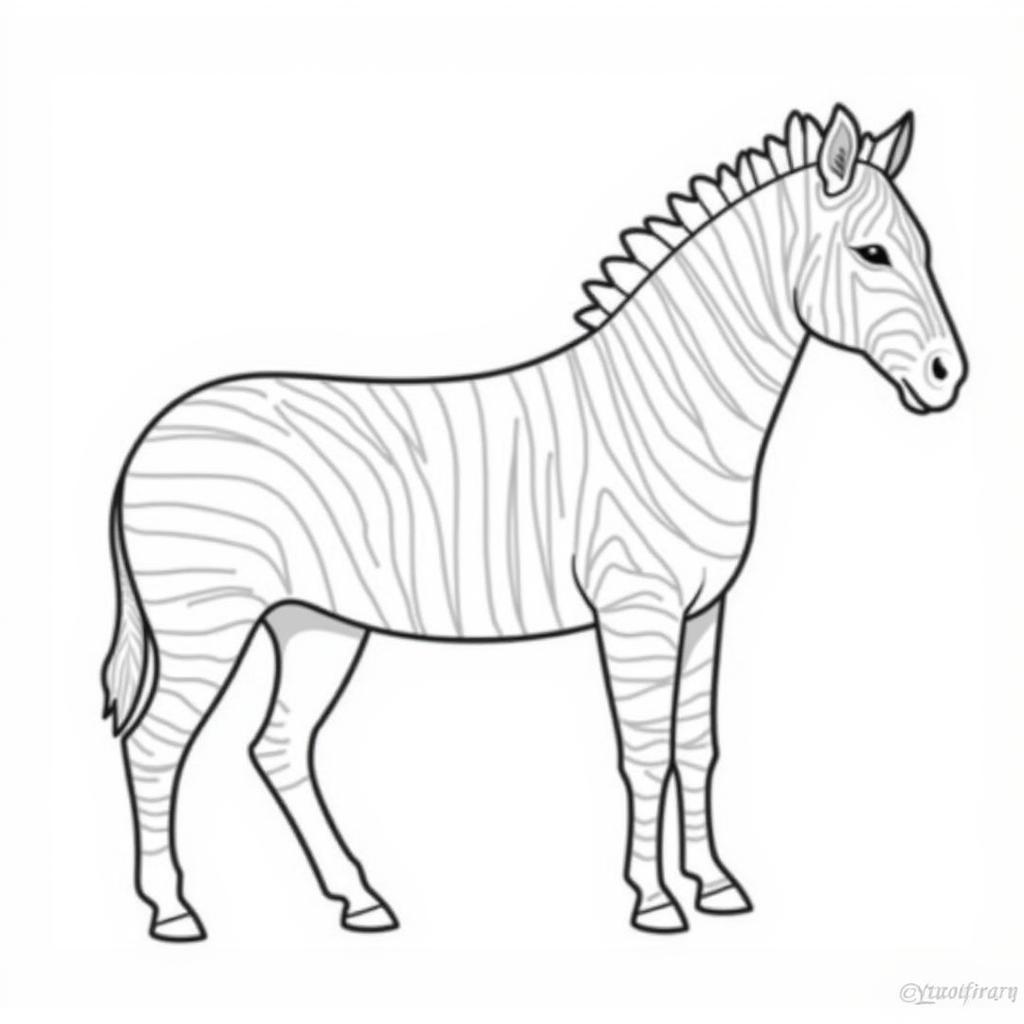A Colorful Tapestry: Exploring the World of African Garb
African Garb, a vibrant and diverse expression of culture and identity, has captivated the world with its rich history, artistic mastery, and symbolic significance. From the intricate beadwork of the Maasai to the flowing robes of the Yoruba, each garment tells a story, reflecting the unique traditions, beliefs, and values of its wearer.
A Glimpse into the History of African Garb
The history of African clothing is as diverse as the continent itself. Ancient civilizations, like the Egyptians, developed sophisticated textile techniques and created elaborate garments for both practical and ceremonial purposes. These techniques, passed down through generations, continue to influence the styles worn today.
Symbolism and Significance: More Than Just Clothes
African garb is not merely about aesthetics; it carries deep symbolic meaning and reflects the wearer’s social status, religious beliefs, and tribal affiliations. For example, the intricate patterns found on the kente cloth of Ghana convey specific messages about the wearer’s lineage, accomplishments, and wisdom.
The Power of Colors
Colors play a vital role in African fashion, with each shade representing a unique meaning. Red signifies courage and strength, while yellow represents prosperity and joy. Green symbolizes fertility and growth, and blue represents peace and tranquility.
“Clothing is a language that speaks volumes about who we are and where we come from. In Africa, our garments are a testament to our rich heritage and a symbol of our shared identity.” – Aisha N’Diaye, Fashion Designer
Exploring Different Styles of African Garb
The continent’s vastness and diverse cultures have resulted in a wide array of stunning styles. Here are some of the most recognizable and celebrated African garments:
1. Kente Cloth (Ghana)
Kente cloth, woven from strips of hand-loomed fabric, is a quintessential symbol of Ghanaian culture. Its complex patterns and vibrant colors are renowned for their beauty and intricacy.
2. Aso Oke (Nigeria)
Aso oke, a richly textured hand-woven cloth made from cotton or silk, is a popular choice for special occasions in Nigeria. Its bold patterns and vibrant hues make it a truly captivating garment.
3. Boubou (West Africa)
The boubou, a flowing robe worn by both men and women in West Africa, is known for its comfort and elegance. Its simple design allows for variations in fabric, color, and embellishment, reflecting the individual’s style and taste.
4. Shuka (East Africa)
The shuka, a large rectangular piece of cloth worn as a cloak or wrap, is a staple garment in East Africa. It is often made from cotton or wool and is decorated with traditional patterns and embroidery.
5. Gele (Nigeria)
The gele, a headwrap worn by women in Nigeria and other parts of West Africa, is a testament to the art of African hairstyling. It is often made from intricate fabrics and embellished with beads, sequins, or feathers.
The Evolution of African Garb
Over the years, African fashion has undergone a dynamic evolution, blending traditional styles with contemporary influences. Modern designers are reinterpreting classic African motifs and incorporating innovative techniques, creating contemporary garments that celebrate both heritage and modernity.
The Global Influence of African Garb
The beauty and cultural significance of African garb have captivated the world, inspiring designers and fashion houses across the globe. From runways to street style, African-inspired designs are becoming increasingly popular, reflecting a growing appreciation for the continent’s rich heritage.
FAQ (Frequently Asked Questions)
-
Q: What are some of the most popular fabrics used in African garb?
- A: Cotton, silk, wool, leather, and beads are some of the most commonly used fabrics.
-
Q: What are some of the common embellishments used in African clothing?
- A: Beads, sequins, embroidery, and feathers are often used to adorn African garments.
-
Q: Where can I find authentic African garments?
- A: You can find authentic African garments at local markets, online retailers specializing in African clothing, and from independent designers.
-
Q: How can I incorporate African fashion into my everyday style?
- A: Start with small accents like a colorful headwrap, a statement necklace, or a printed bag. You can also incorporate African-inspired prints and patterns into your wardrobe.
Explore the World of African Garb
African garb is a fascinating and multifaceted realm, offering a window into the vibrant cultures and traditions of the continent. From the intricate details to the symbolic meanings, each garment tells a story, making it a truly captivating and inspiring form of artistic expression.


